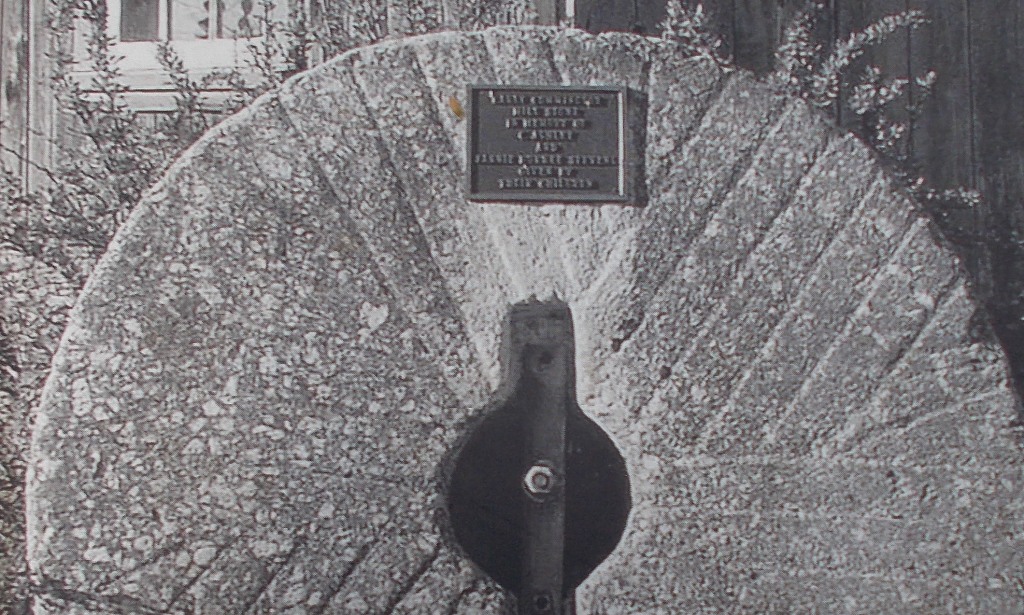- Home
- PHS
- Support
- People
- Oral Histories
- Reverend Moses Hallock 1760 – 1837
- Lydia Richards 1782 – 1846
- Dr. Samuel Shaw 1790 – 1870
- William Cullen Bryant 1794 – 1878
- John Brown 1800 – 1859
- Marcus Whitman 1802 – 1847
- Martha J. Lamb 1826 – 1893
- Charles Dudley Warner 1829 – 1900
- Ralph Ellison 1914 – 1994
- Dr. W. Irving Maurer 1879-1942
- Arvilla Louise Dyer 1923 – 2004
- Places
- HWHM
- Oral Histories
- Resources
- Collections
- Contact Us
- Plants on Paper

SLIDE 1 - As you proceed South down the Mill Brook you will come upon the next mill - known as the Saw Mill. When this mill was in operation the hilltowns saw great population growth. Plainfield reached 934 citizens in 1834. Tariffs on British wool following the War of 1812, combined with efficient textile mills in the United States, created a huge demand for wool. The low stone walls of New England are artifacts of this period. However, by the second half of the 19th century, cotton processing in other parts of the world outstripped the abilities of the New England mills, and the population moved west seeking new opportunities. The hill farms were abandoned and many mills closed their doors.

SLIDE 2 - This picture of the Saw Mill was likely taken in the 1910. The mill was constructed in 1828 and operated until the 20th century. Behind the mill you can see open area along the river that has now been reclaimed by forest.

SLIDE 3 - The rushing streams of the New England hill towns provided a source of energy for the newly developing mills in the 18th century. The naturally occurring talcose slate on the banks of the small streams and rivers provided building materials for millworks, dams and foundations. The stone banks of the river, as seen near the corner of the Saw Mill and the the more southern Grist Mill, create a strong channel of rushing water suited to power mill wheels. These mills remain an inspiration for alternative energy sources in our modern world.

SLIDE 4 - "The writer [Jacob Porter] thinks, that gold will probably be found in the beds of talcose slate, which occupy a large portion of town, it having been discovered in the same range in Vermont. But as long as the good people of Plainfield, being short one thousand, can, in addition to woollen fabrics, manufacture forty-eight thousand palm leaf hats valued at eight thousand nine hundred dollars; turn shoe-lasts and broom handles by means of an "improved machine"; raise Indian corn, wheat and other grans, to which their soil is adapted, to say nothing of the sugar-maple and potatoes; and besides pastures some four thousand sheep; they will do well, we think, to seek gold elsewhere than in the bowels of their mountain."

SLIDE 5 - On the south side of the Saw Mill we find the rough foundation of the Grist Mill. This mill is thought to have been used as a grist mill for grain in the late 18th century. All that remains are three parallel stone walls from the foundation. The stones are rough hewn, indicating early stonemasonry techniques than the Saw Mill. The first of the walls laps directly into the river.

SLIDE 6 - The Grist Mill and the Mountain Miller Corn Mill would both have had large stones to grind their grain into flour, similar to this one from the Cummington Museum. Today millstones are often used for decoration across New England.